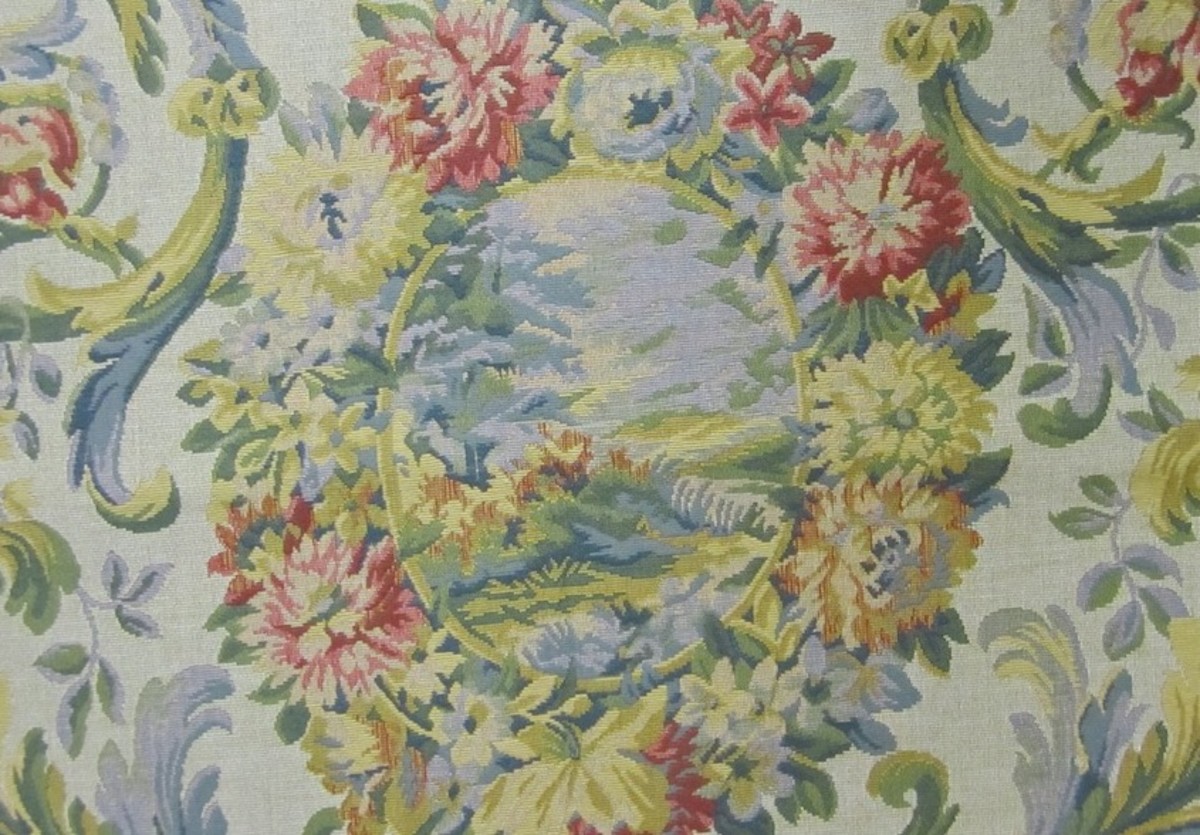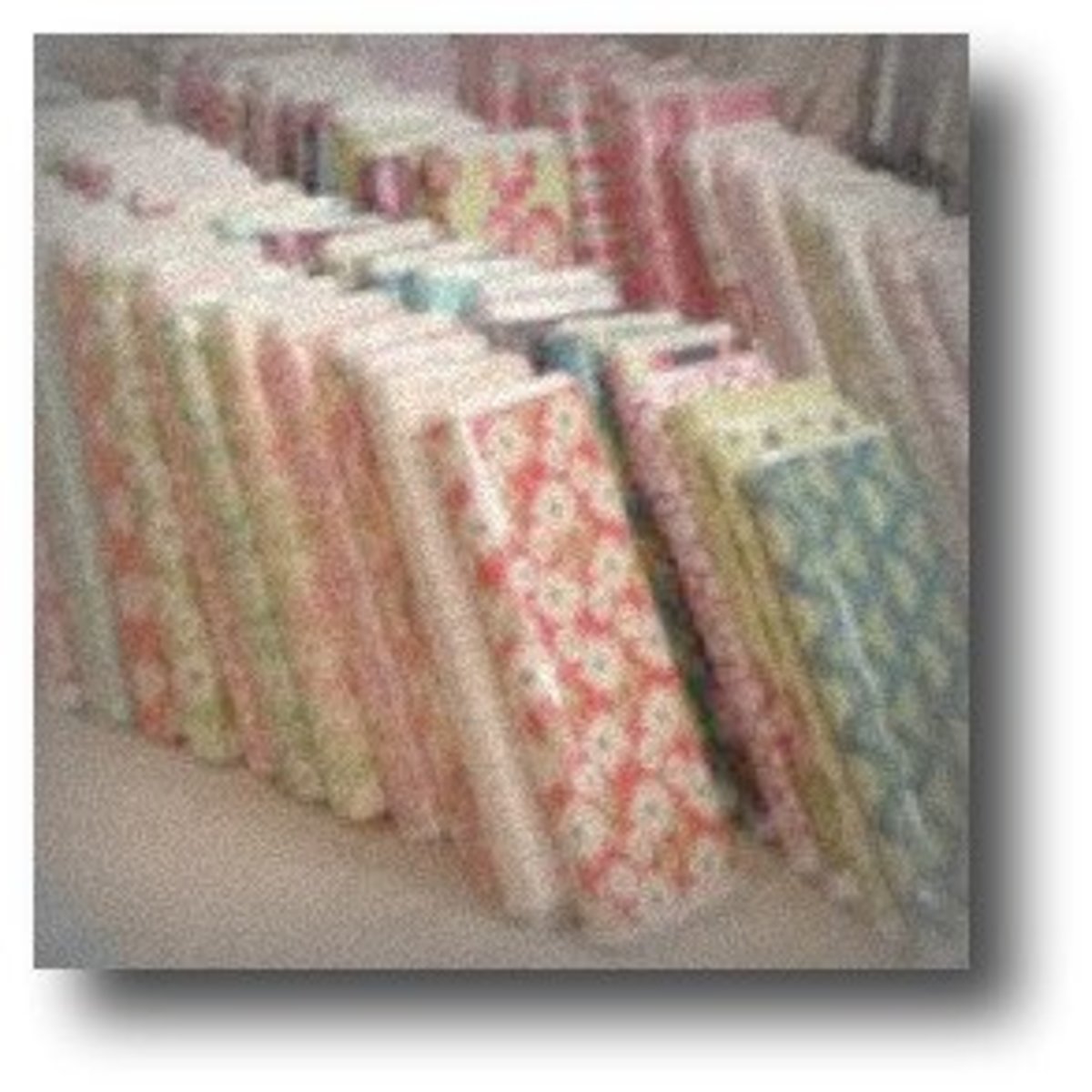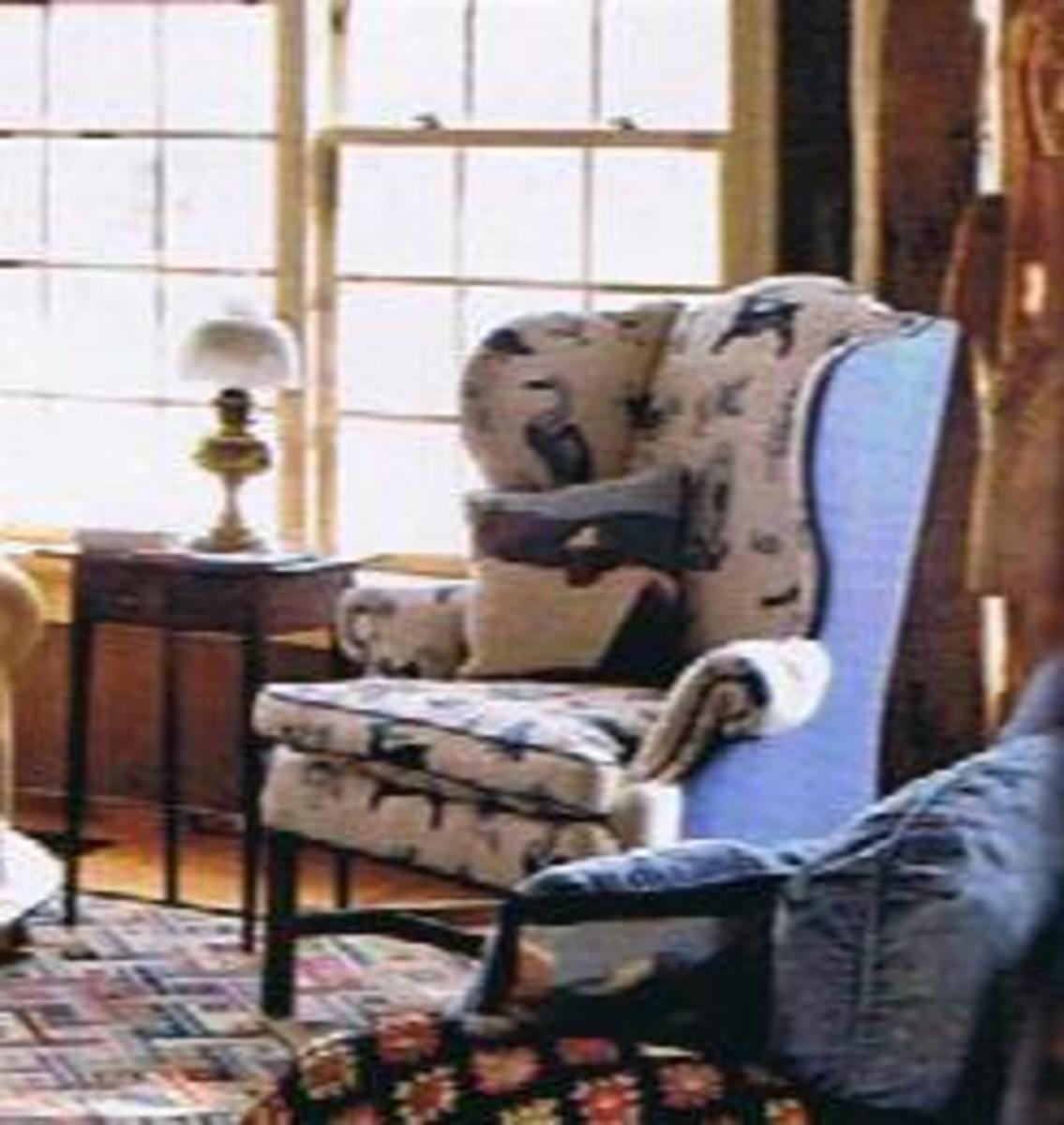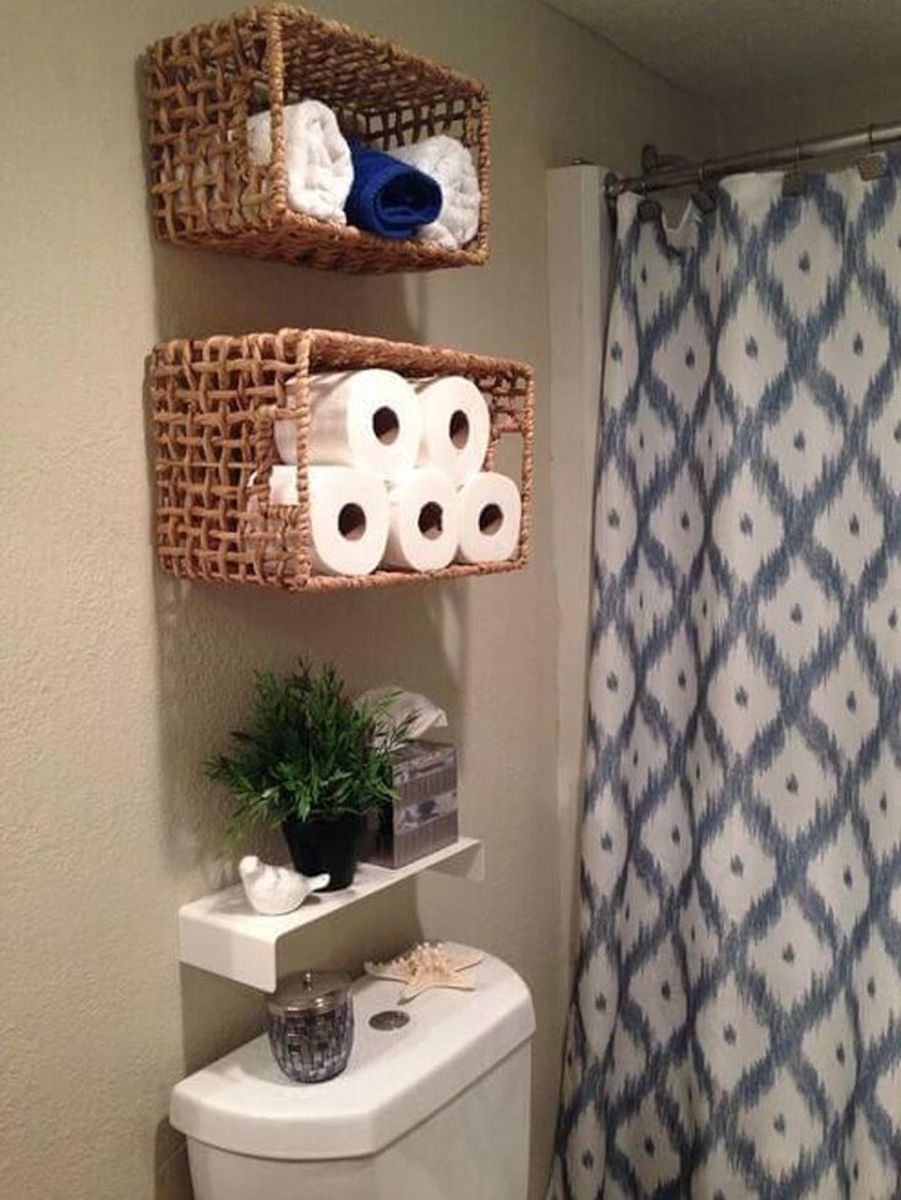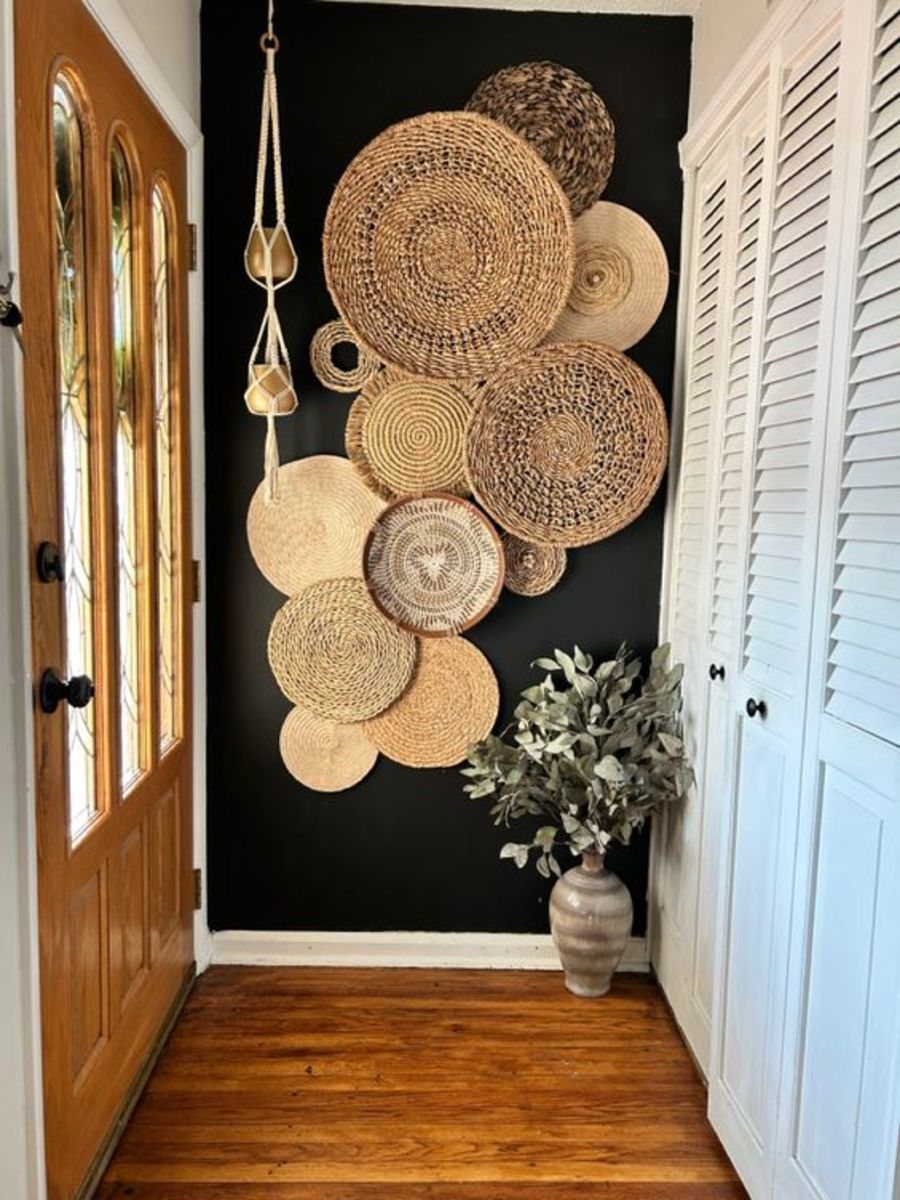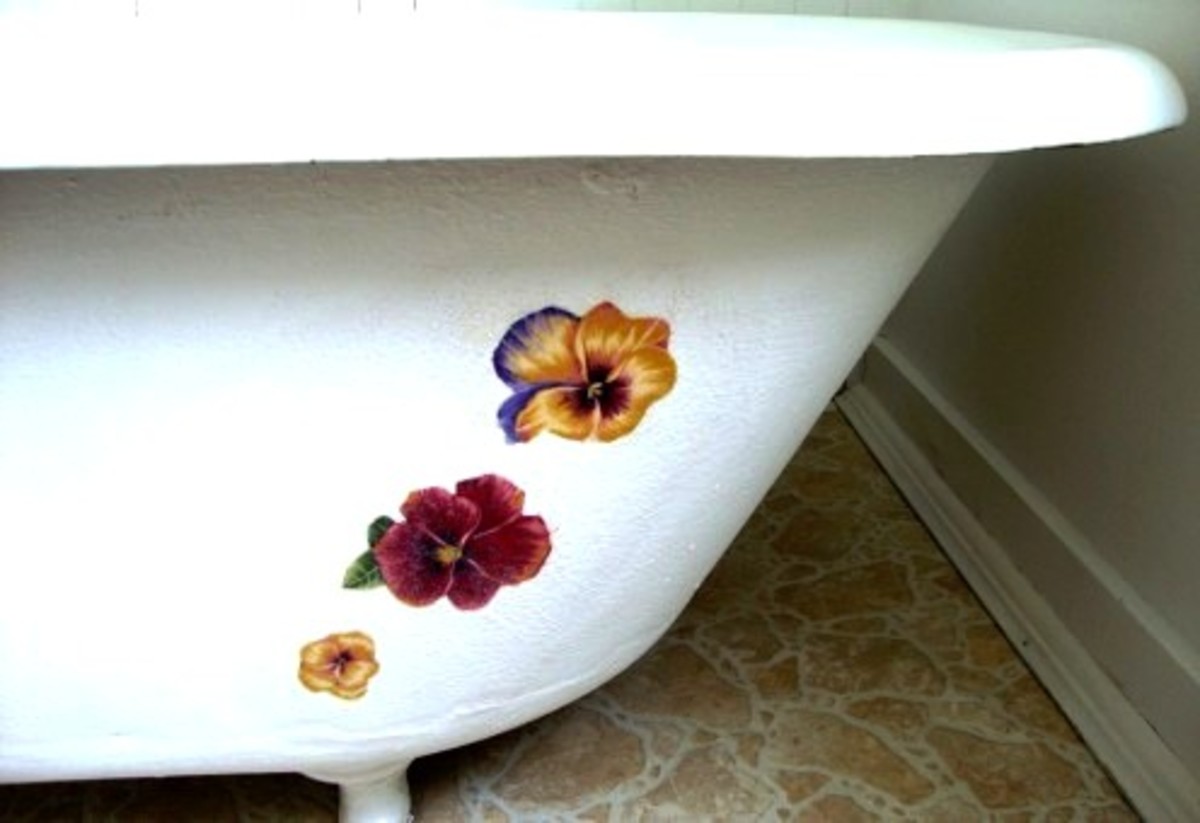All About Roman Blinds
Roman blinds are shades are a sophisticated style of window covering. They consist of folded up flat material that make up an accordion - type style or arrangement when raised. They are controlled by a cord that ensures that the shade its raised and lowered evenly. Roman blinds come in a variety of different colors and fabrics, making it easy to find ones that fit with your décor.
Roman blinds are considered to be an especially good choice if you want your window covering to have bold patterns. This is because when lowered, the shades hang flat, thus showing this off very effectively. Roman shades are comprised of horizontally seamed fabric panels. The panels are generally about eight to ten inches apart. A nicely structured look is ensured by the fact that the pleating allows for a structured appearance.
A variation on the usual Roman blind style is the waterfall or hobbled Roman blind. The waterfall or hobbled style of Roman blind has cascading folds that provide a soft look. These are a good choice for a room with a softer or perhaps more casual look.
Like other types of window covering, Roman blinds are effective in blocking out light. If you get ones made of certain types of material, you might also enjoy the benefit of a certain amount of temperature control. Look at the information we present later on the different kinds of fabrics you can use for your Roman blinds.

How do Roman Blinds Work?
As mentioned earlier, Roman blinds are made from a single piece of flat fabric. The back of the fabric of the blind has a lining, and this lining creates a sealed pocket. This sealed pocket is a bit like an envelope. To this are attached special pull cords. These cords allow you to lower and raise the envelope.
When the envelope is raised, there will form horizontal folds and stacks in the fabric. Of course, the fabric of the blind will become entirely flat again once the blinds are lowered. The blind needs to be lowered to completely cover the window. It is when you want to bring light in the room or look outside when you raise the blinds.
The folds (which are sometimes called pleats) in the blinds have plastic, metal or wooden roods that are very thin in diameter. These are called dowels. The cords of the Roman blinds are found at equal intervals across the blinds’ width. The cords are attached and arranged to create a system that sort of acts like a pulley when you lift and lower the blinds.
To raise the blinds, you will need to pull the cords at the same time. You will find that this makes each dowel raise towards the dowel positioned above it. The Roman blind’s characteristic folds are created in this way.
What Kinds of Fabric Can You Choose for Your Roman Blinds?
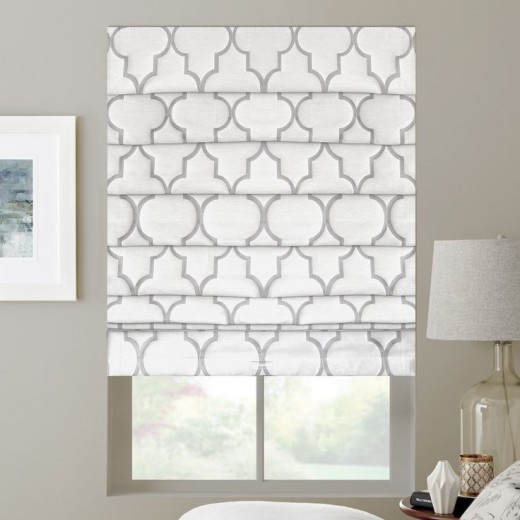
A variety of different fabric weights and textures can be used for roman blinds. Medium-weight fabrics such as cottons, polyester/cotton blends, and others can provide crisp or sharp folds. Heavier fabrics such as chenille, crushed velvet, or velvet can look sumptuous and luxurious but probably won’t create these neat folds. Heavy fabric might provide better insulation than others. You should be aware that upholstery fabrics are generally unsuitable for Roman blinds.
Which Rooms are Suitable for Roman Blinds?
Roman blinds can work in any room with the general exception of the bathroom or kitchen or any place where there is a lot of moisture. This is because the fabrics that are usually used will be detrimentally affected.
Roman blinds tend to lend a sophisticated and elegant look to any room. If you would like to get Roman blinds, gather information on the necessary measurements and specify to the supplier the side on which you’d like the controls to be positioned. The blinds can be custom made to suit your needs.
Fabrics that are Unsuitable for Roman Blinds
There are certain fabrics that should never be used for Roman blinds because they are unsuitable in weight, texture, or other qualities. One of these is real silk. Real silk is too delicate and will be adversely affected by sunlight, quickly deteriorating and fading.
Another fabric you should avoid is upholstery fabric. This is because upholstery fabric is too stiff to be suitable for Roman blinds. You should also stay away from stretch knit fabrics. Stretch knit fabrics are unsuitable because of their stretchiness and lack of straight edges.
Faux leather and PVC or vinyl fabrics must also be avoided. These materials are completely unsuitable for Roman blinds because of their stiffness and the fact that they cause too much resistance and friction.
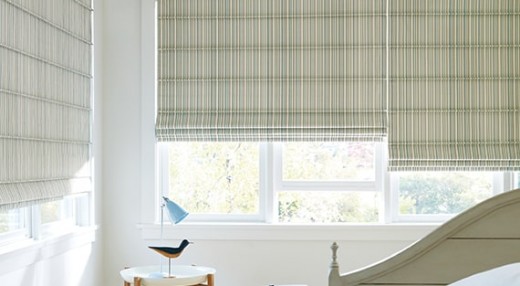
Roman Blinds Can be a Wonderful Choice for Many Rooms in Your Home
Roman blinds are a stylish and versatile window covering choice with many different options available. You can have them custom-made to suit the specific room in which they will be a feature, and you will be able to choose form a variety of fabrics. Roman blinds are a classic choice that it is difficult to go wrong with. You will want to keep in mind, however, that there are certain fabrics that should not be used with roman blinds and that there are specific rooms in the house in which it might not be suitable to put this type of window dressing (such as the bathroom, kitchen, and other humid spots).
If you are looking for ideas for new window dressings for your home, look into the option of Roman blinds. You will probably find them to be a suitable choice for many rooms in your home. They will set off the rest of your décor beautifully. Not only that, but if you choose one of the heavier materials that are still suitable for these blinds, you might also enjoy a certain level of insulation from cold breezes coming in through the window.

